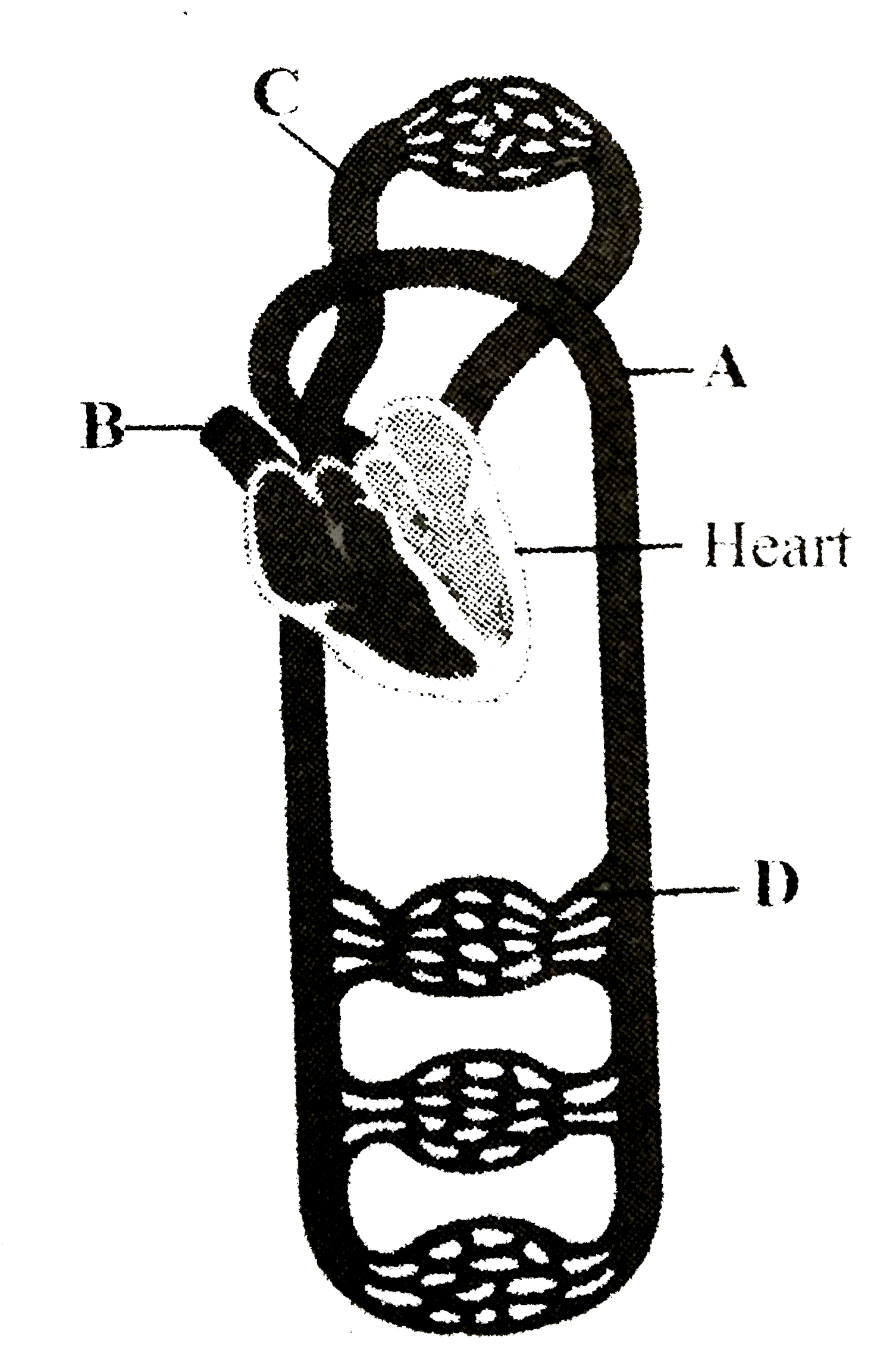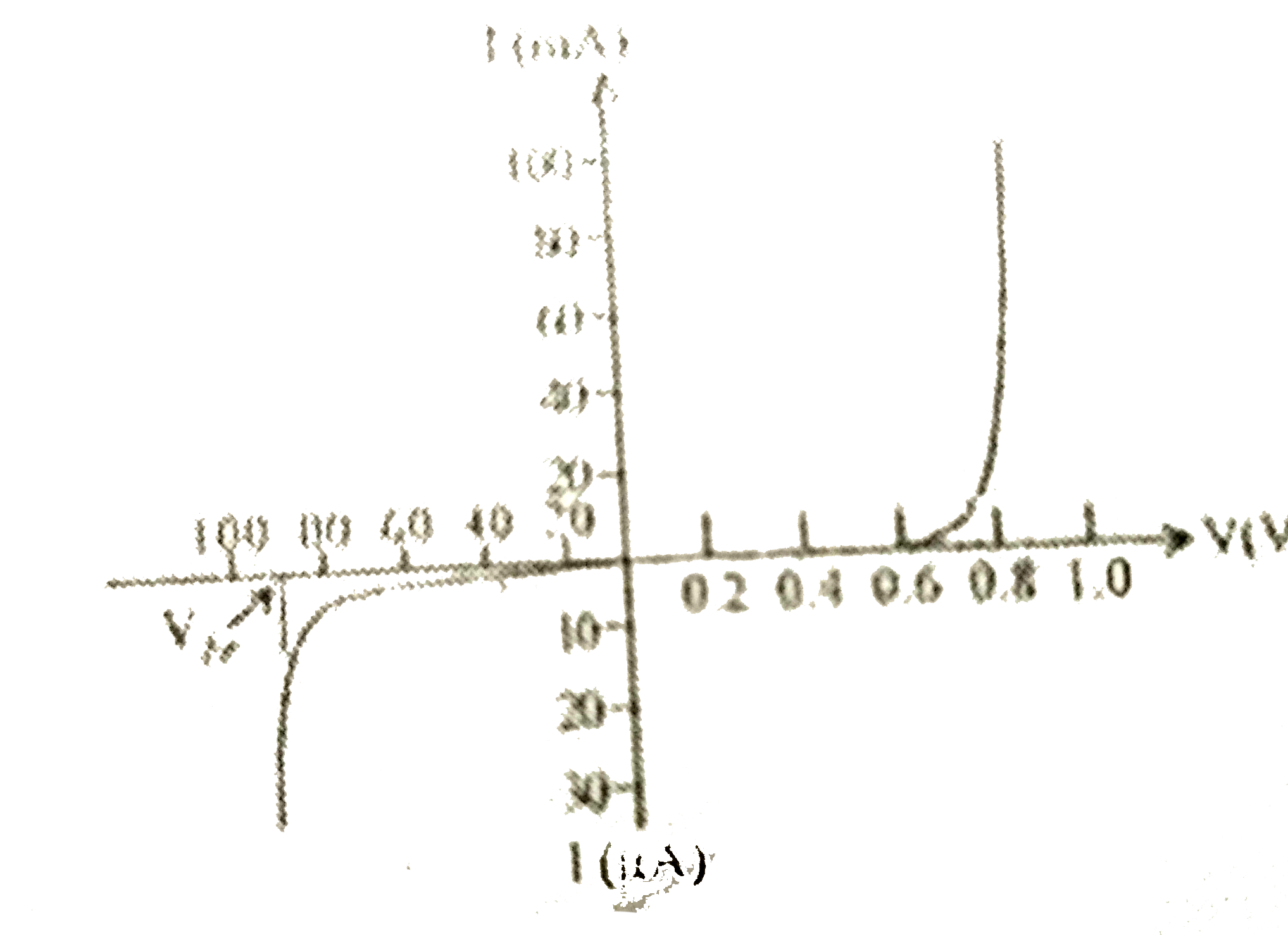The statements given below shows some characteristics of a phylum. Identify it.
(i) Tissue absent (ii) Internal fertilisation
(iii) Developments is indirect
(iv) Spongocelate with ostia (many) and single osculum and cancal system
(v) Sexes are hermaphrodite.
Cnidaria
Porifera
Platyhelminthes
Ctenophora
The correct Answer is:B
To identify the phylum based on the given characteristics, we can follow these steps:
1. Analyze the First Characteristic: Tissue Absent
- The absence of tissues indicates that the organism is likely to be a simple multicellular organism. In the animal kingdom, this is characteristic of the phylum Porifera (sponges), which are known for their cellular organization without true tissues.
2. Examine the Second Characteristic: Internal Fertilization
- Internal fertilization suggests that the reproductive process occurs inside the body of the organism. This is a common feature in many animals, including sponges, which can reproduce sexually.
3. Consider the Third Characteristic: Development is Indirect
- Indirect development means that the organism goes through a larval stage before reaching maturity. Sponges typically exhibit this kind of development, as they release larvae that eventually settle and develop into adult forms.
4. Look at the Fourth Characteristic: Spongocoel with Ostia and Single Osculum
- The presence of a spongocoel (the central cavity of a sponge) along with ostia (small pores) and a single osculum (the large opening at the top of the sponge) is a defining feature of sponges. This structure allows for water flow through the sponge, which is essential for their feeding and respiration.
5. Evaluate the Fifth Characteristic: Sexes are Hermaphrodite
- Hermaphroditism means that individual organisms possess both male and female reproductive organs. This is a common trait in sponges, allowing them to produce both sperm and eggs.
Conclusion:
Based on the analysis of all the characteristics provided, we can conclude that the phylum being described is Porifera.
---
- The absence of tissues indicates that the organism is likely to be a simple multicellular organism. In the animal kingdom, this is characteristic of the phylum Porifera (sponges), which are known for their cellular organization without true tissues.
- Internal fertilization suggests that the reproductive process occurs inside the body of the organism. This is a common feature in many animals, including sponges, which can reproduce sexually.
- Indirect development means that the organism goes through a larval stage before reaching maturity. Sponges typically exhibit this kind of development, as they release larvae that eventually settle and develop into adult forms.
- The presence of a spongocoel (the central cavity of a sponge) along with ostia (small pores) and a single osculum (the large opening at the top of the sponge) is a defining feature of sponges. This structure allows for water flow through the sponge, which is essential for their feeding and respiration.
- Hermaphroditism means that individual organisms possess both male and female reproductive organs. This is a common trait in sponges, allowing them to produce both sperm and eggs.
Based on the analysis of all the characteristics provided, we can conclude that the phylum being described is Porifera.
Topper's Solved these Questions
- ANIMAL KINGDOMBOOK - NCERT FINGERTPS ENGLISHCHAPTER - ANIMAL KINGDOMEXERCISE - Classification of chordates
62 Videos
- ANIMAL KINGDOMBOOK - NCERT FINGERTPS ENGLISHCHAPTER - ANIMAL KINGDOMEXERCISE - Hots
5 Videos
- ANIMAL KINGDOMBOOK - NCERT FINGERTPS ENGLISHCHAPTER - ANIMAL KINGDOMEXERCISE - Animal Kingdom
148 Videos
- ANATOMY OF FLOWERING PLANTSBOOK - NCERT FINGERTPS ENGLISHCHAPTER - ANATOMY OF FLOWERING PLANTSEXERCISE - Anatomy Of Flowering Plants
143 Videos
- BIOLOGICAL CLASSIFICATIONBOOK - NCERT FINGERTPS ENGLISHCHAPTER - BIOLOGICAL CLASSIFICATIONEXERCISE - Biological Classification
132 Videos
Similar Questions
Given below shows some characteristics of a phylum .Identify the phylum .
(i) Tissues are absent (ii) Internal fertilization (iii) indirect development (iv) Canal system
View SolutionGiven below are the general characters of a phylum .Identify the phulum .
(i) Extracellular and intracellular digestion
(ii) Tissue level of organization
(iii) Indirect development (iv) No asexual reproduction
View Solution
Knowledge Check
Refer to the given characteristics of some flowers.
(i) LIght and non-sticky pollen grains
(ii) Exserted stigmas and anthers
(iii) Large, often feathery stigmas
(iv) Flowers colourless, odourless and nectarless
(v) Common in grasses
Above features are the characteristics ofAanempohilyBhydrophilyCentomophilyDzoophilyGiven below is a list of few sexually tranmitted infections. Identify the deseases caused by bacteria among these
(i) Gonorrhoea
(ii) Giardiasis
(iii) Trichomoniasis
(iv) Chancroid
(v) SyphilisA(i) and (ii)B(i),(iv) and (v)C(iii) and (v)D(ii), (iii) and (iv)The given figure is of circulatory system. Identify the labelled parts (A-D) from the list (i-vii).
(i) Pulmonary circulation
(ii) Systemic circulation
(iii) Superior vena cava
(iv) Inferior vena cava
(v) Aorta
(vi) Veins and venules
(vii) Arterioles and capillaries
 AA B C D(v) (iii) (i) (vii)BA B C D(vii) (iv) (i) (vi)CA B C D(v) (iii) (ii) (vii)DA B C D(vii) (v) (i) (vi)
AA B C D(v) (iii) (i) (vii)BA B C D(vii) (iv) (i) (vi)CA B C D(v) (iii) (ii) (vii)DA B C D(vii) (v) (i) (vi)
The figure below shows the V-I characteristic of a semiconductor diode.
(i ) Identify the semiconductor diode used.
(ii) Draw the circuit diagram to obtain the given characteristic of this device.
(ii) Briefly explain how this diode can be used as a voltage regulator.

View SolutionHow many points given below are correct about Obelia?
(i) Radial symmetry
(ii) Diploblastic
(iii) Cellular level of organization
(iv) Digestion is intracellular only
(v) Exhibit two basic body forms called polyp and medusa.
View SolutionThe statements given below descibe certain features that are observed in the pistil of flowers.
(i) Pistil may have many carpels.
(ii) Each carpel may have more than one ovule.
(iii) Each carpel has only one ovule.
(iv) Pistil have only one carpel.
View SolutionThe statements given below describe certain features that are observed in the pistil of flowers.
(i) Pistil may have many carpels.
(ii) Each carpel may have more than one ovule.
(iii) Each carpel has only one ovule.
(iv) Pistil have only one carpel.
View SolutionThe characters given below are shown by
(i) Extracellular and intracellular digestion
(ii) Exclusively marine, radially symmetrical, diploblastic, tissue level of organisation
(iii) Bisexual, fertilisation external and indirect development
(iv) No asexual reproduction
(v) Presence of comb plates
View Solution
